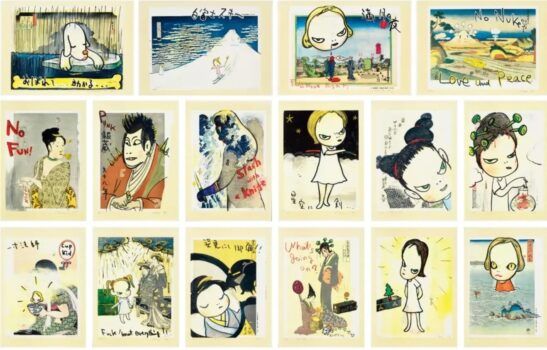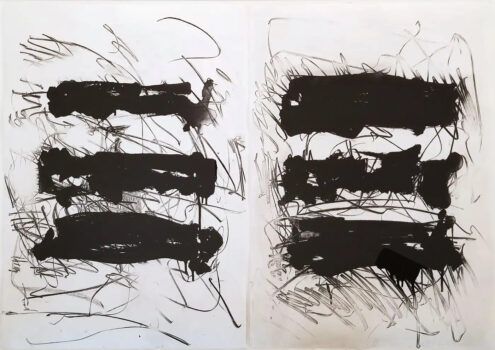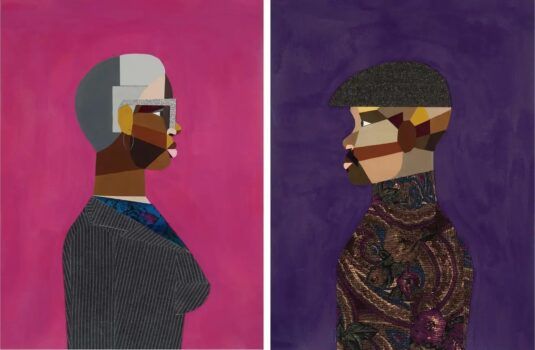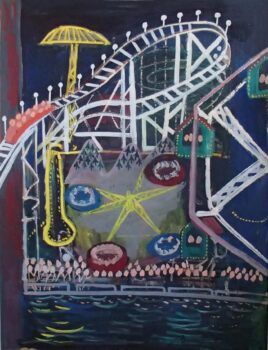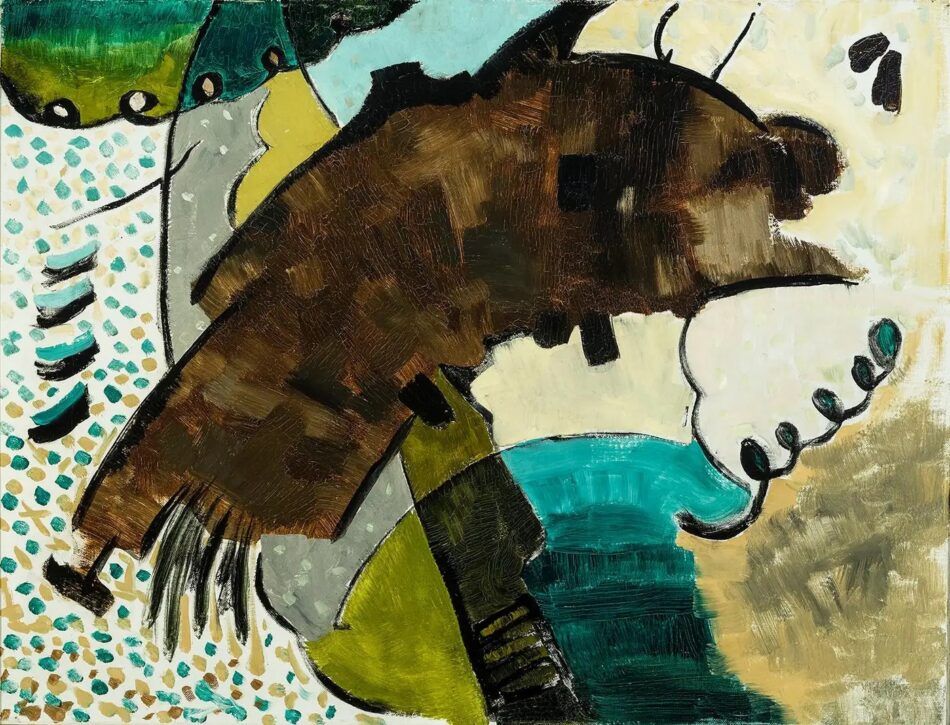
In the Roaring Twenties, Arthur Dove (1880–1946) was a painter in his prime and in the middle of a hot streak. The Western New York native had, more than a decade and a half earlier, begun introducing abstract painting to the United States, letting shapes and colors largely overtake representation in his canvases, and he found critical acclaim in the process. He forged a key relationship with Alfred Stieglitz, the most important dealer for modernist artists (and a legendary photographer in his own right), who showed Dove’s work in his Manhattan galleries.
During the 1920s, Dove was living for the most part on a houseboat with his mistress in Long Island’s Huntington Harbor. (Good reviews had never translated to financial success. Fortunately, the watery life produced perhaps his most-seen picture, Ferry Boat Wreck, 1931, now in the collection of the Whitney Museum of American Art.) In 1927, he painted a striking abstract composition in brown, blue and muddy shades of green called Yours Truly, currently being offered by Hirschl & Adler at the Winter Show, which runs January 19 to 28 at New York’s Park Avenue Armory.
Hirschl & Adler sold the picture once before, in the late 1970s. “That happens when you’ve been in business as long as we have,” says the gallery’s senior vice president, Eric Baumgartner (Hirschl & Adler was founded in 1952 and has been exhibiting at the Winter Show for nearly half a century).
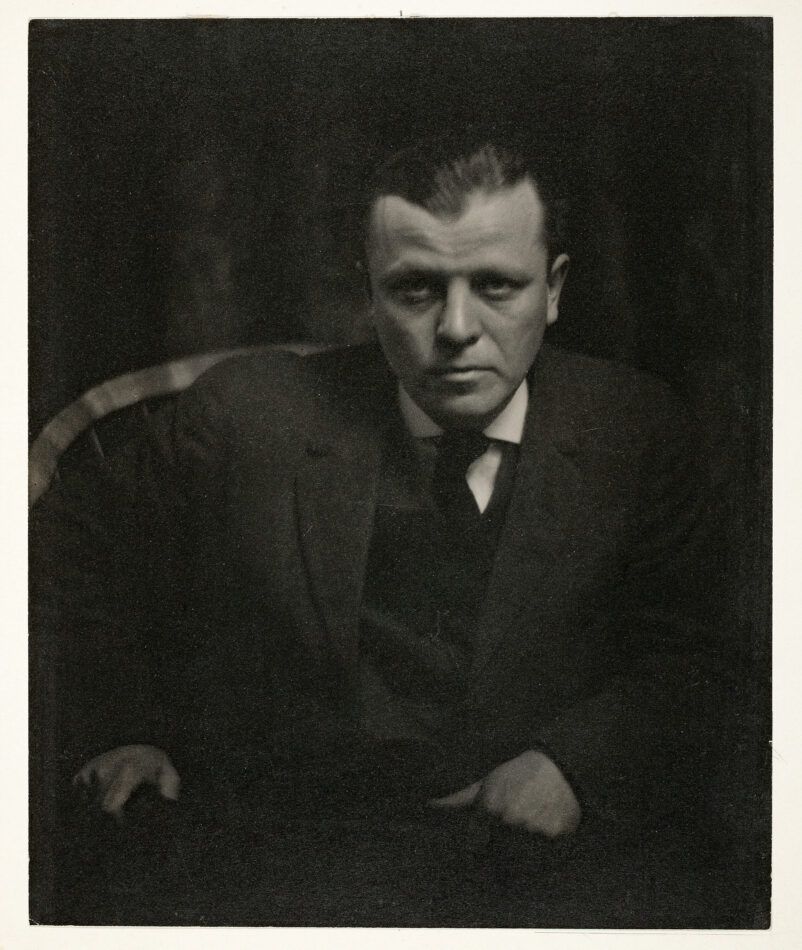
Yours Truly has a distinct whiff of Wassily Kandinsky’s black markings, which seem to riff on musical notations, and the piece is named for a Broadway show of the day. “Around that time, Dove was doing a series of works inspired by popular music,” says Baumgartner.
Dove was largely self-taught, but he did take an early-career trip to Europe and found himself inspired by Picasso, Braque and Matisse. His abstraction and highly stylized figuration echoed paintings by key American contemporaries, including Alfred Maurer and Max Weber. Two other peers, Marsden Hartley and Edward Hopper, are also represented in Hirschl & Adler’s Winter Show booth. Close observers will see Dove’s influence on many later painters, including Milton Avery, whose work is an art-fair staple.
Dove was ahead of his time in many ways, which makes him particularly collectible today. “The nice thing about Dove, being abstract, is that he’ll marry well with a collection of postwar art,” says Baumgartner. “This is the rich context of modernism.”

